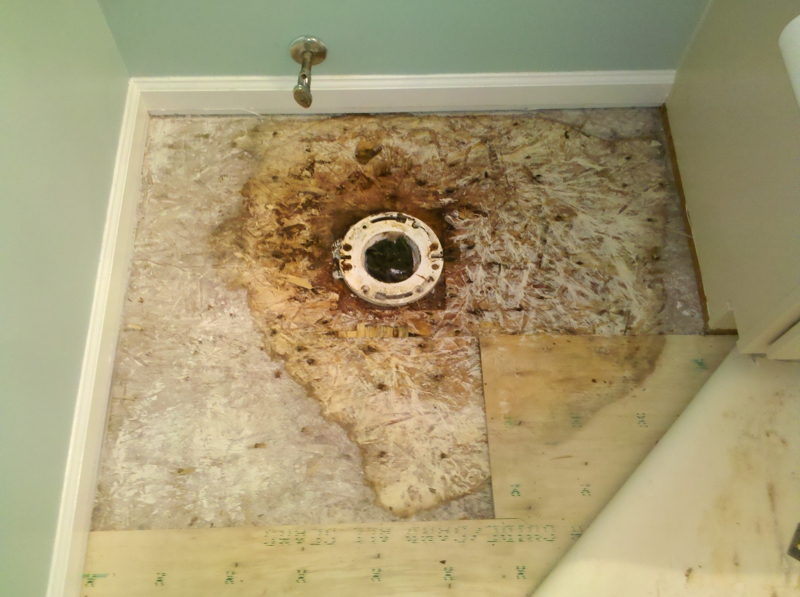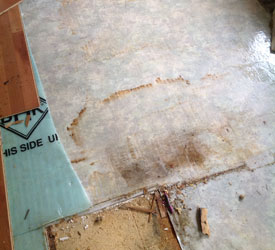Searching for Indicators of Water Damage in the Bathroom
Searching for Indicators of Water Damage in the Bathroom
Blog Article
The author is making a few great pointers regarding How to Prevent Bathroom Water Damage in general in this content underneath.

The washroom is exceptionally vulnerable for wet buildup and prospective water damages as a result of the constant use of water in it. This article supplies simple evaluation techniques to help discovering water damages threats.
The constant use of water in the bathroom makes it incredibly susceptible for damp build-up as well as possible water damages. By evaluating it consistently, you can reduce water related damages.
The following set of evaluations is simple to carry out as well as ought to be done when in every three months in order to keep your bathroom in good shape and to prevent possible water problems brought on by the bath tub, the shower, pipeline joints and also plumbing, sinks, closets, and also the bathroom
Do not disregard doing these assessments as well as be extensive while doing them. Bear in mind that these easy inspections can save you a great deal of cash by offering early signs for water damage
Sinks and Cabinets
Sinks and also cupboards are exposed to dampness as well as humidity day-to-day as well as are often forgotten. Examine regularly under the sink and also on the counter top over it. Fix any drip in the catch as it may recommend drain troubles. Browse the sink, sluggish draining pipes might indicate an obstructed drain. Change sink seals if they are cracked or loosened.
Bathtub and also Shower
The shower and bath tub require unique attention and also maintenance. Inspect the tiles as well as replace if split. Make sure that there is no missing cement between the floor tiles. Inspect as well as replace broken caulking at joints where the wall surfaces meet the flooring or the bathtub. Blocked drains pipes and pipelines troubles will avoid the bath tub from drying as well as might indicate major troubles beneath the bathtub. Talk to a specialist immediately to avoid architectural damage. Take note of stainings or soft locations around the bathtub walls as they might show an internal leak.
Plumbing
Signs for water damages are tough to spot considering that the majority of pipes are installed inside the walls.
Pay unique focus to flooring and walls wetness and also discolorations as they may indicate an undetectable plumbing trouble. Examine moisture levels in adjoining spaces also.
The Commode
The commode is a vulnerable water junction. Check the water lines as well as search for leaks around the bathroom seat, in the pipe, and also under the water container. If you detect any signs of wetness on the floor around the bathroom, check for leaks in the toilet rim and container seals.
Realize that hanging commode dish deodorants enhances the chances for clogs.
TIPS TO PREVENT WATER DAMAGE IN THE BATHROOM
The average household uses approximately 80-100 gallons of water per person per day. For a family of 4, that's almost 2,500 gallons of water a week! The largest portion of this consumption comes from bathroom use. Flushing the toilet uses the most water, followed by taking a shower or bath. With that much water running through the home, water damage in the bathroom is bound to happen. Knowing how to spot signs of a water leak is essential to preventing long-term damage. This guide provides you with tips to reduce the impact of water damage on your bathroom.
CAUSES OF BATHROOM WATER DAMAGE
Pipe breaks are the most common cause of water damage we see in our daily jobs. The age of a pipe plays a large role in a pipe break as well as corrosion. Over time, the metal begins to break down, allowing water to escape. Frozen pipe breaks are also a concern in the winter months. Toilet overflows caused by paper products or children flushing inappropriate items. Degraded caulking around the toilet or bathtub can allow water seepage, sometimes behind the fixture, into the subfloor or walls. Condensation forms when the water in a pipe is cooler than the air temperature. Beads of water form on the exterior of the pipes, sometimes so much so that the water begins to drip and pool below. Sink or shower backups created by poor drainage. HOW TO PREVENT WATER DAMAGE IN YOUR BATHROOM
Inspect your toilet supply line for worn or frayed hoses and replace them as needed. Winterize your plumbing to prevent a frozen pipe break. Use vent fans to prevent condensation that can lead to mold growth. Routinely check and replace degraded caulking around your toilet or bathtub. Increase the temperature in your toilet tank and insulate your pipes during the warm summer months to keep condensation from forming. Use child safety locks on the toilets. Flush only toilet paper. "Flushable" wet wipes are actually not good for your plumbing system. Additionally, feminine hygiene products should not be flushed. Prevent water from escaping the tub or shower. Make sure shower curtains are in good condition. Inspect shower doors and replace the seal strip if necessary. Wipe up any water that accumulates on the floor and use bath mats. Water left to sit can cause damage to the tiles and flooring. Refrain from using bath products containing heavy oils to avoid a clogged drain.

As an avid person who reads on How to Prevent Bathroom Water Damage, I thought sharing that piece of content was worthwhile. Do you know about another person who is in to the subject? Feel free to share it. I treasure reading our article about How to Repair and Prevent Bathroom Water Damage.
Suggested Site Report this page